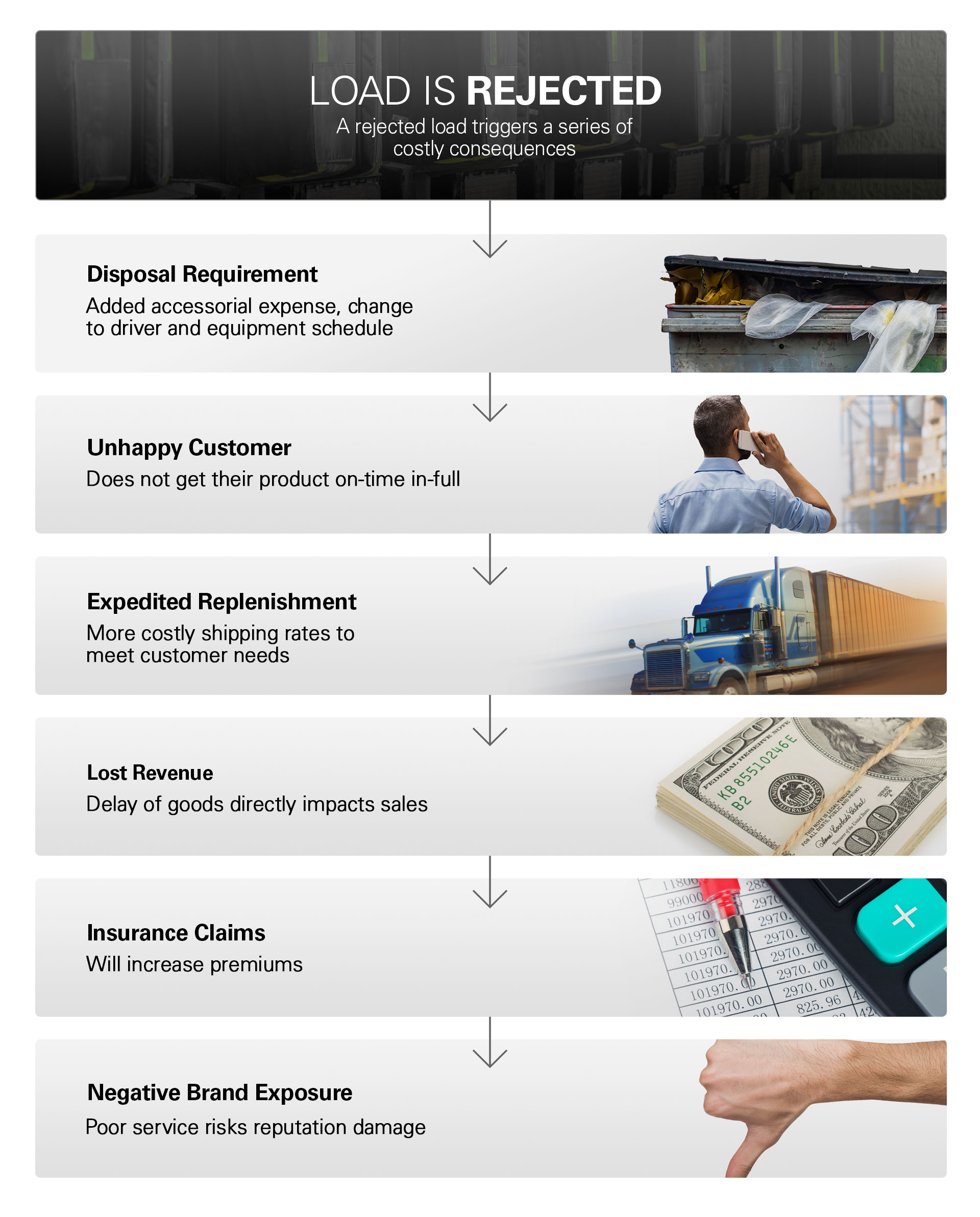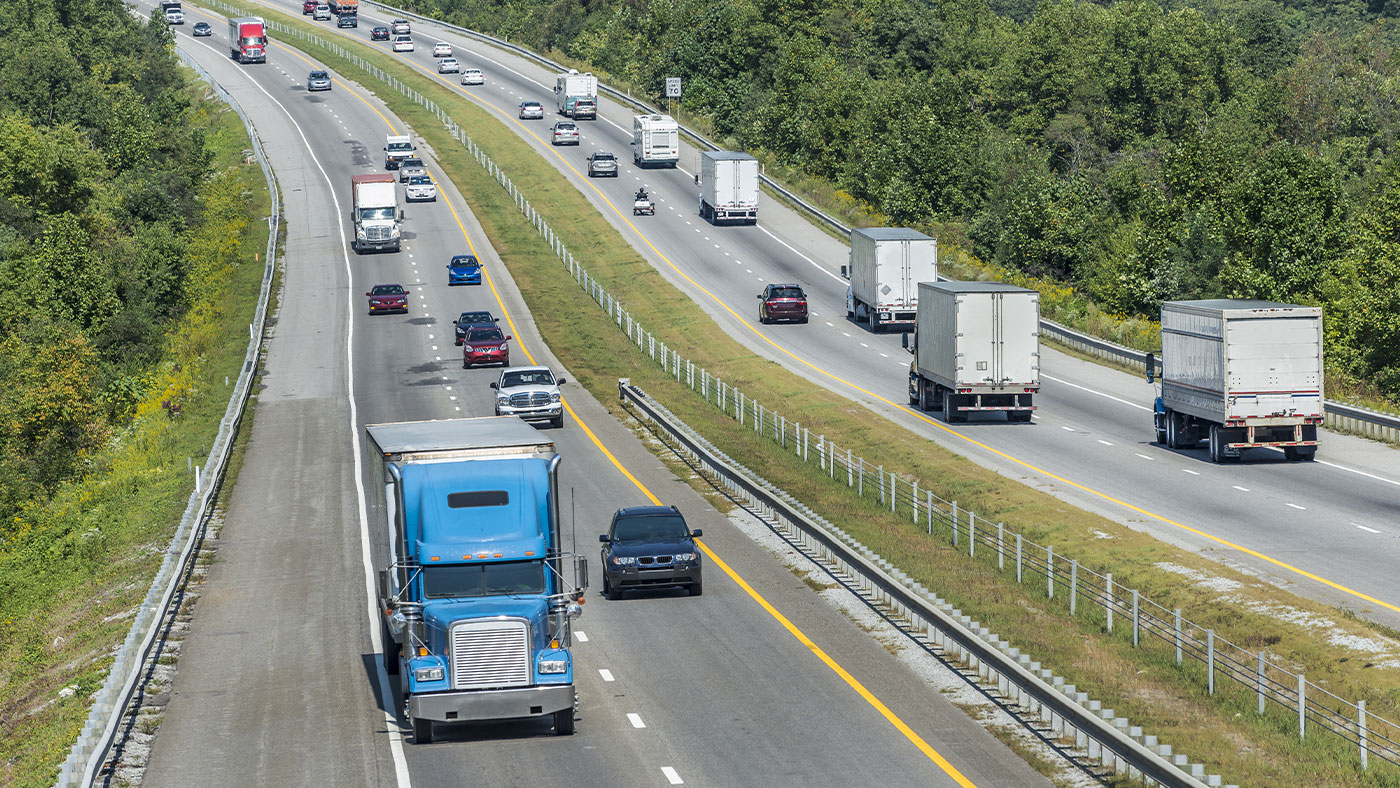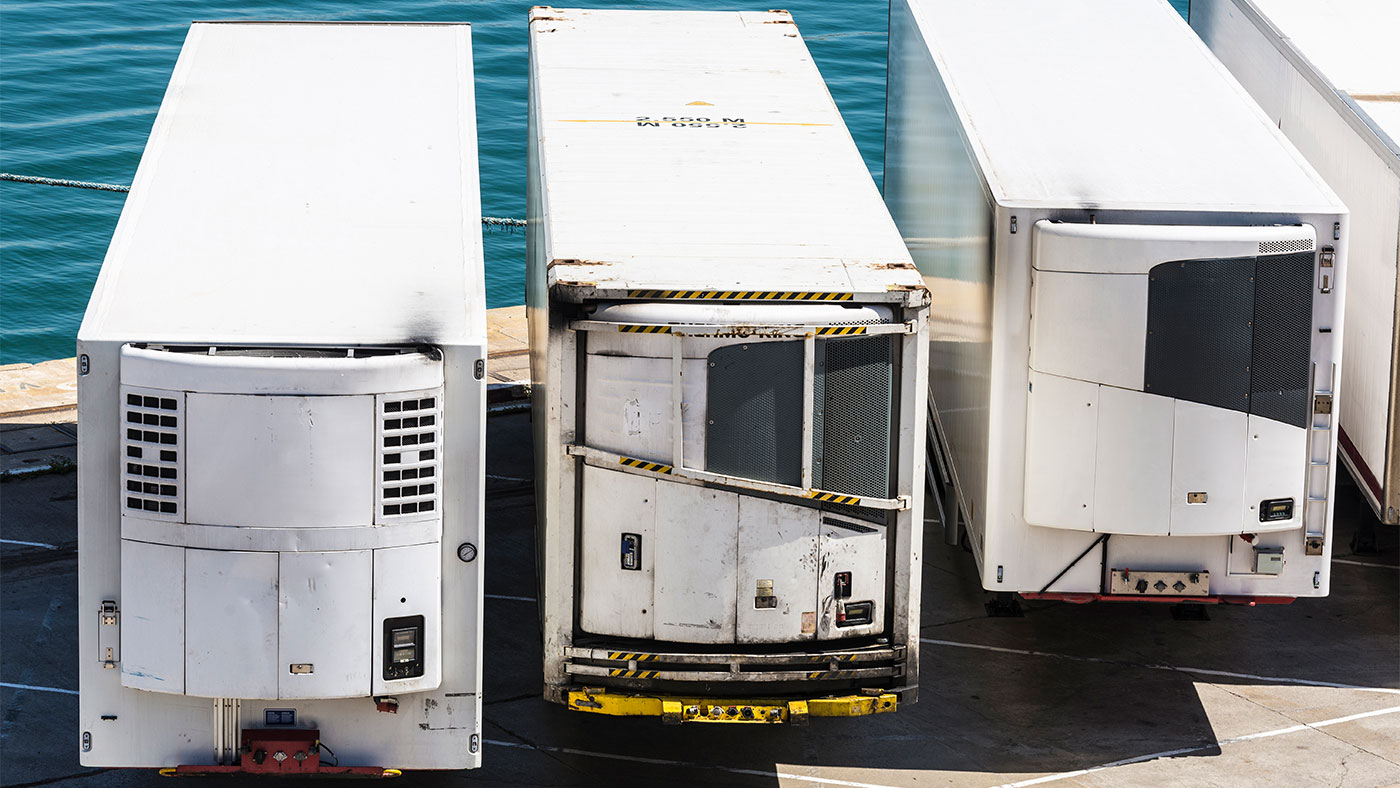Don’t Make These 3 Summer Shipping Mistakes: Take Temperature-Controlled Freight Seriously
When warmer temperatures and sunny days arrive for the summer season, they bring with them some unique shipping challenges.
Summer holiday and vacation season means demand will predictably spike for some staples, many of which require refrigeration. If you ship temperature-controlled freight, there are some common mistakes you can avoid in this summer season or any other.
Taking the necessary precautions can help you prevent damage or rejected product and the hit to your business that comes with it.
Why Ship Temperature-Controlled? Balancing Cost and Product Integrity
As every shipper knows, ensuring that product arrives to the customer in good condition is extremely important, but adequately protecting cargo comes at a cost.
Every summer, shippers across the country grapple with a few questions:
- How vulnerable is my product to the heat of the summer?
- How much will it cost for me to implement additional temperature-control best practices?
- Does that cost outweigh the risk of damaged and rejected product?
The answers will vary based on a number of factors—there is no single solution. As you analyze your own supply chain, it’s important to consider the full spectrum of consequences that occur as a result of damaged product.
Using these potential pitfalls as a guide, you can do a cost/benefit analysis to build a temperature-controlled shipping solution that’s right for your business.
3 Common Summer Shipping Mistakes for Temperature-Controlled Freight
So how do you avoid that nasty chain of events described above? You can start by watching out for these three common mistakes that lead unsuspecting shippers down that path.
Mistake #1: Waiting until you need temperature-controlled capacity to secure it.
There are many products that can usually ship in a dry van, but require temperature control on a seasonal basis (i.e. organic snacks, pharmaceuticals, chocolate, beverages, etc.).
In the summer, you’ll typically need to convert these loads to refrigerated trailers.
The great debate for shippers is when to make the conversion. Refrigerated capacity will almost always cost more than standard dry shipping — this is especially true in the summer when reefer demand spikes with produce and other seasonal summer products.
However, damaged and refused product can be even more costly than these higher shipping charges. so how do you keep your seasonal budget in mind while keeping your freight safe and intact?
Best Practice: Prepare Early
If you ship cargo that can’t withstand a 90°F heatwave, you need to plan well before the thermometer rises. By working ahead, you can mitigate cost inflation and avoid service disruptions.
Proactively reach out to your refrigerated carriers and 3PLs with forecasted needs during your annual planning over the winter to establish rates and service requirements. Analyze your supply chain and look for gaps in the “cold chain” where your product is vulnerable.
Optimize your routing guide and prioritize reliable carriers. A higher rate with higher tender acceptance is still cheaper than a carrier that sends you into the spot market for a last-minute option.
Explore refrigerated alternatives, such as insulated thermal blankets. Conducting a cost/benefit analysis can open up new capacity options during the summer months.
Monitor the forecast in your shipping lanes and confirm capacity once when you see a heatwave on the horizon.
Mistake #2: Assuming your LTL carrier has temperature-controlled cross-docking facilities.
If you ship LTL, your shipment will typically make several stops within the carrier’s terminal network throughout transit.
As your product is unloaded and reloaded, it may spend several hours on the dock, waiting to be transferred.
This is manageable most of the year, but during heatwaves ambient temperature inside terminals can reach nearly 90 degrees, potentially putting your goods at risk.
Best Practice: Ask your LTL providers about the temperature conditions at their terminals.
Collaborate with them to put a plan in place to protect your shipments from temperature volatility. Verify routing patterns, temperature requirements and product sensitivity.
If shipping refrigerated LTL, consider insulated thermal blankets to protect product temperature while on the dock.
And if dwell time and temperature conditions are potential hazards to your freight, closely compare the complete cost of pure LTL transit against alternatives like shared truckload and consider whether the cost savings actually outweigh the potential risks.
Mistake #3: Assuming the refrigeration unit will always be running.
Refrigerated trailers and containers are very reliable, but they aren’t completely infallible. Operator error, equipment failure and long delays are all potential risks to product integrity.
- Operator Error:
Though the vast majority of carriers comply to shipper requirements, some drivers may occasionally turn off the refrigeration unit to conserve fuel, then turn it back on before making delivery. - Equipment Failure:
This is less of a concern with over-the-road shipping, as the driver has close oversight of the load and can quickly refuel or address any malfunctioning equipment. However, when shipping refrigerated ocean or intermodal, there is far less individual attention to each container, and if the unit runs out of fuel or stops working, there is much less of a chance that the carrier will resolve the issue. - Delays:
Regardless of mode or lane, delays in transit are bound to happen—especially with cross-border and/or multimodal shipping.
The longer the product is held up, the higher the chance that the unit will run out of fuel. The hotter the temperature, the more fuel the unit consumes and the faster the product will heat up once it runs out.
Best Practices: You can take simple, proactive steps to avoid losing a load.
- Clearly define temperature requirements on your Bill of Lading (BOL).
- Work with trusted providers who will follow your requirements exactly.
- Proactively communicate product requirements with all providers involved.
- Avoid scheduling across weekends to prevent unnecessary dwell time and reefer unit fuel consumption (which you’ll end up paying for).
- Request an electronic log of trailer temperatures for the entire trip.
- Include your own temperature recording device with your freight.
Secure Reliable Refrigerated Service This Summer With Coyote
We’re committed to keeping your temperature-sensitive freight cool, and the 20,000+ vetted reefer carriers in our network are ready to haul in any lane, in any season.
Anticipating a need for temperature-controlled shipping this summer? Learn more about our refrigerated offerings across all modes and choose the service option that’s right for you.








